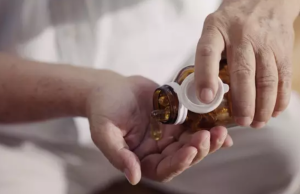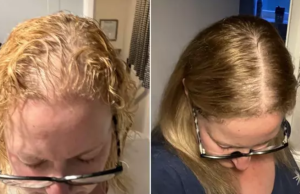
How to Distinguish Pure Honey from Fake: A Detailed Guide
Many of us might not recognize authentic honey and end up buying adulterated versions. Wondering how to tell the difference between genuine and fake honey? If you want to enjoy the full benefits of honey, it’s crucial to ensure its purity before purchasing. There are several simple tests and experiments that can be conducted at home to check the purity of honey. This article delves into these tests to help you identify real honey.
Identifying Pure Honey from Fake
Before performing any tests, start with a basic step: read the label on the honey jar before buying. Manufacturers are required to list any additives or preservatives added to the honey. To ensure a safe purchase, the honey should be free of added flavors or artificial substances.
Home Tests for Honey Purity:
Pure honey can exhibit different densities and characteristics, and there are many tests to determine its purity level:
Thumb Test:
- Place a drop of honey on your thumb.
- Check if it spreads or drips quickly.
- If it spreads rapidly, it’s likely adulterated.
- Pure honey should stay intact on your thumb.
Water Test:
- Fill a glass with water.
- Add a spoonful of honey to the glass.
- Adulterated or artificial honey dissolves quickly.
- Pure honey settles at the bottom before stirring
Flame Test:
Did you know pure honey is flammable? This test checks the absolute purity of honey.
Strike a match and touch it to the honey’s surface.
If the honey is fake, the match will light up and then quickly extinguish. Adulterated honey may contain moisture, one of the common impurities.

Vinegar Test:
- Mix honey with water and a few drops of vinegar.
- If the solution becomes foamy, it indicates adulteration
Paper Towel Test:
For Ingredients And Complete Cooking Instructions
Pure honey, when contaminated with water, can be absorbed or leave damp residues on absorbent materials like blotting paper. Therefore, genuine honey should leave no wet traces on dry paper.
Ant Test:
Ants are attracted to adulterated honey due to its sugar content but not to pure honey. However, this test isn’t widely supported by evidence, and there’s no known reason why ants would prefer processed sugar over real honey.
Distinguishing Between 100% Pure Honey and Adulterated Honey:
To enjoy the benefits of honey, purity is paramount. Due to high demand, some companies exploit this by selling adulterated honey, which may contain additives like glucose, dextrose, molasses, sugar syrup, corn syrup, starch, or other similar products.




















